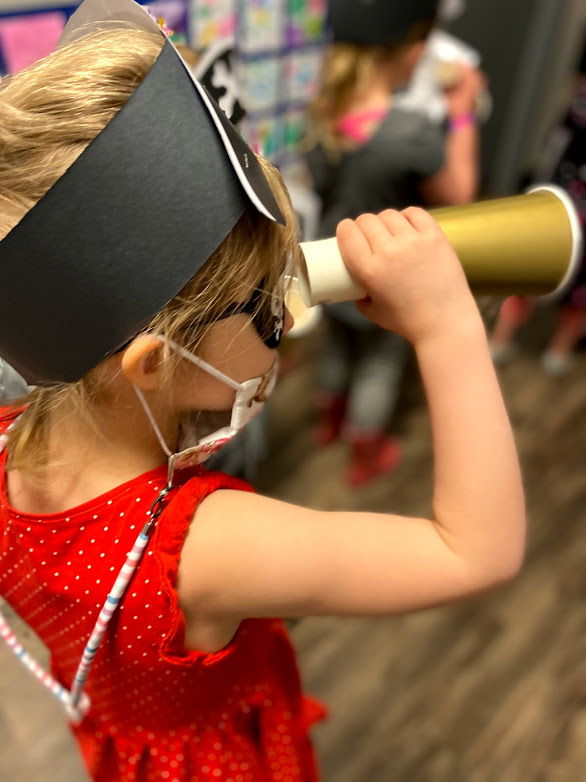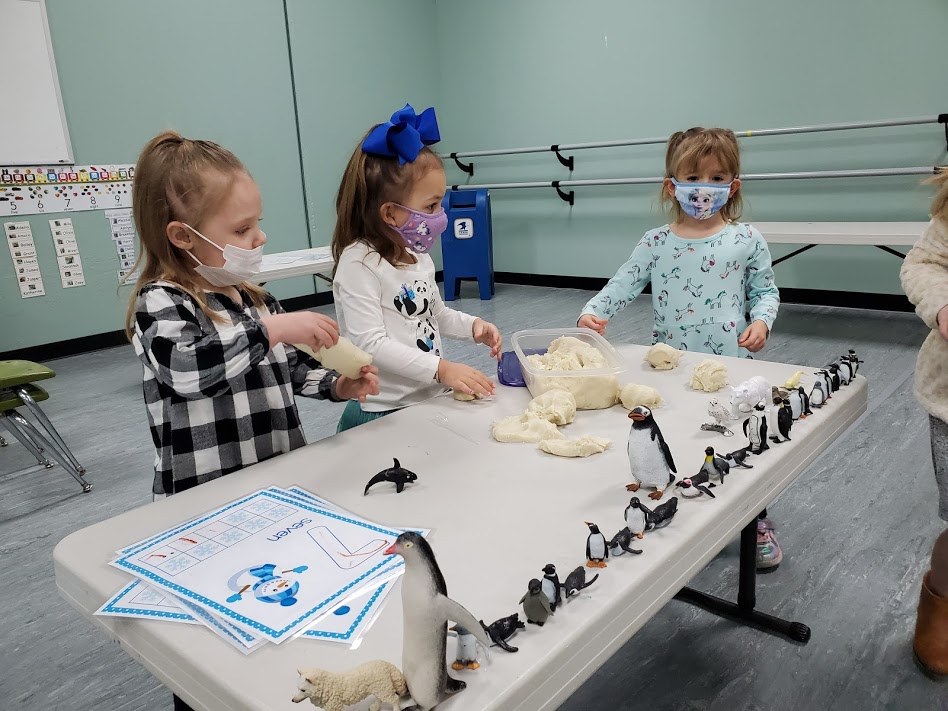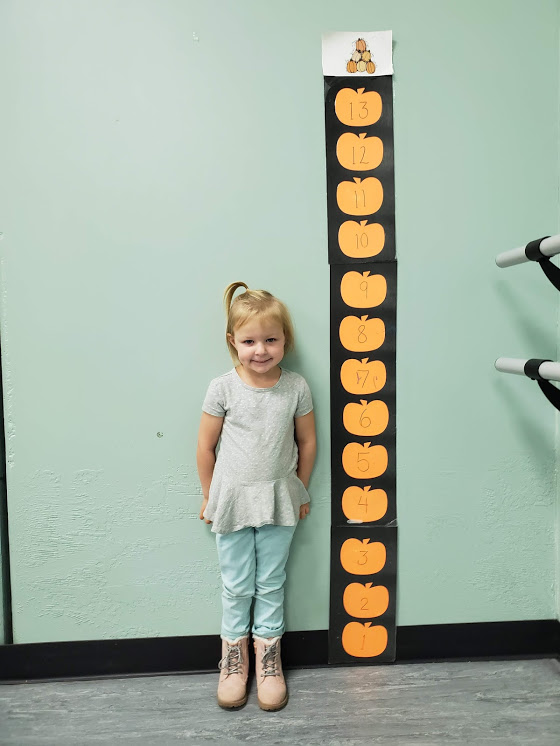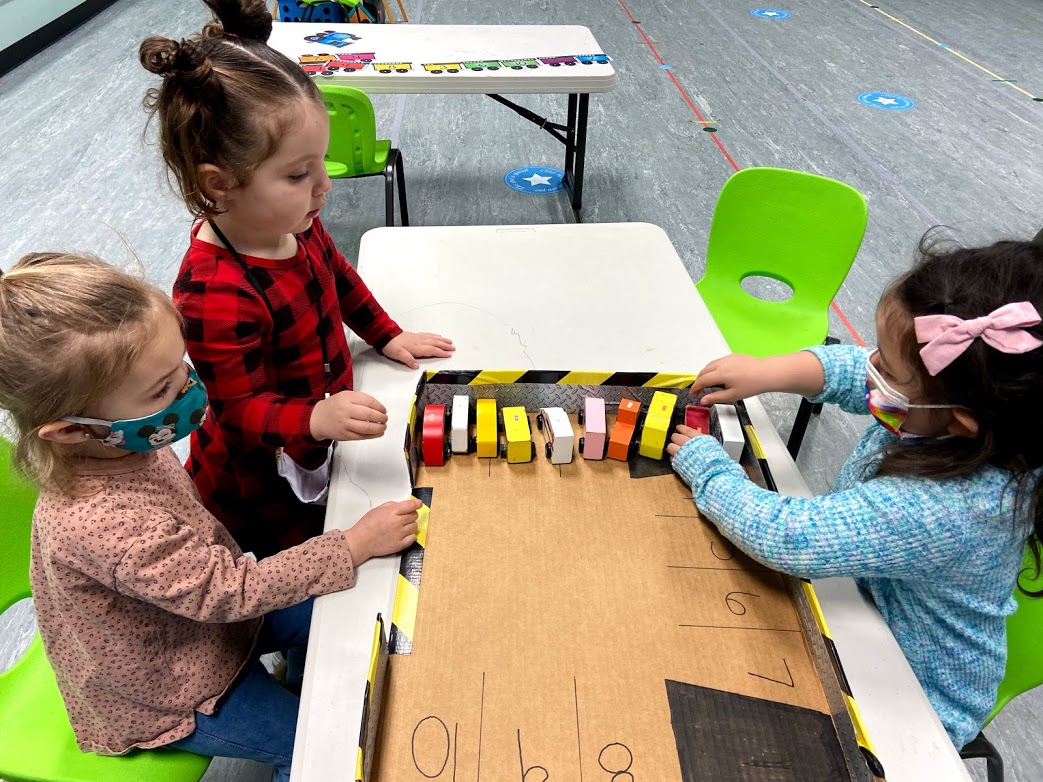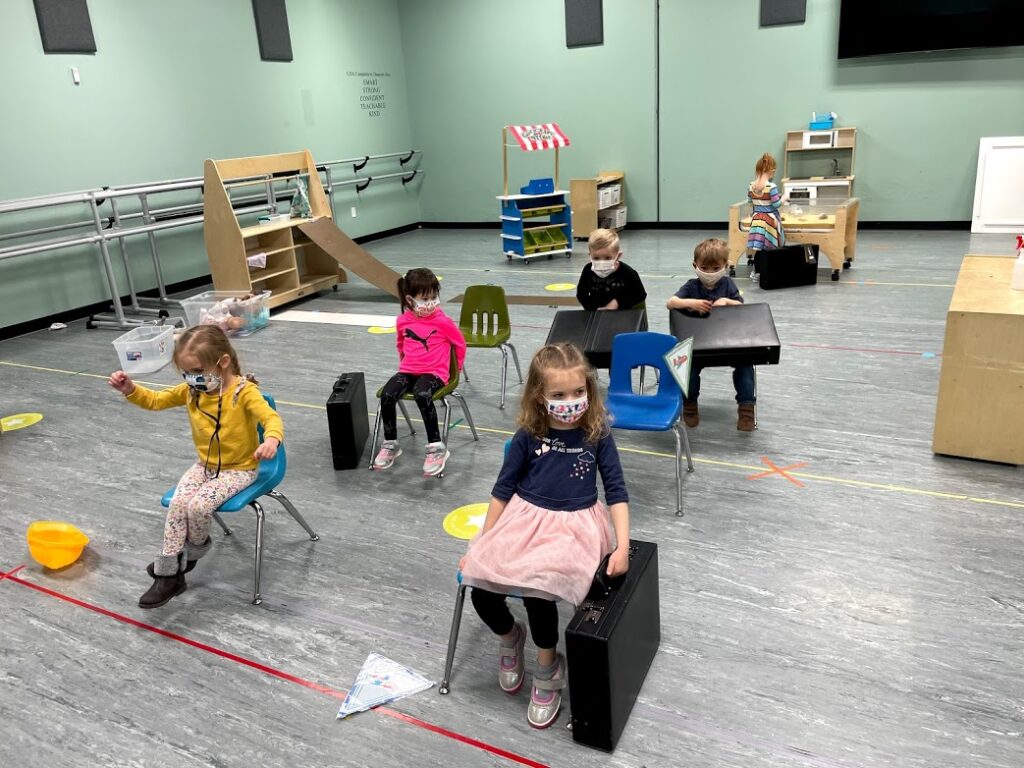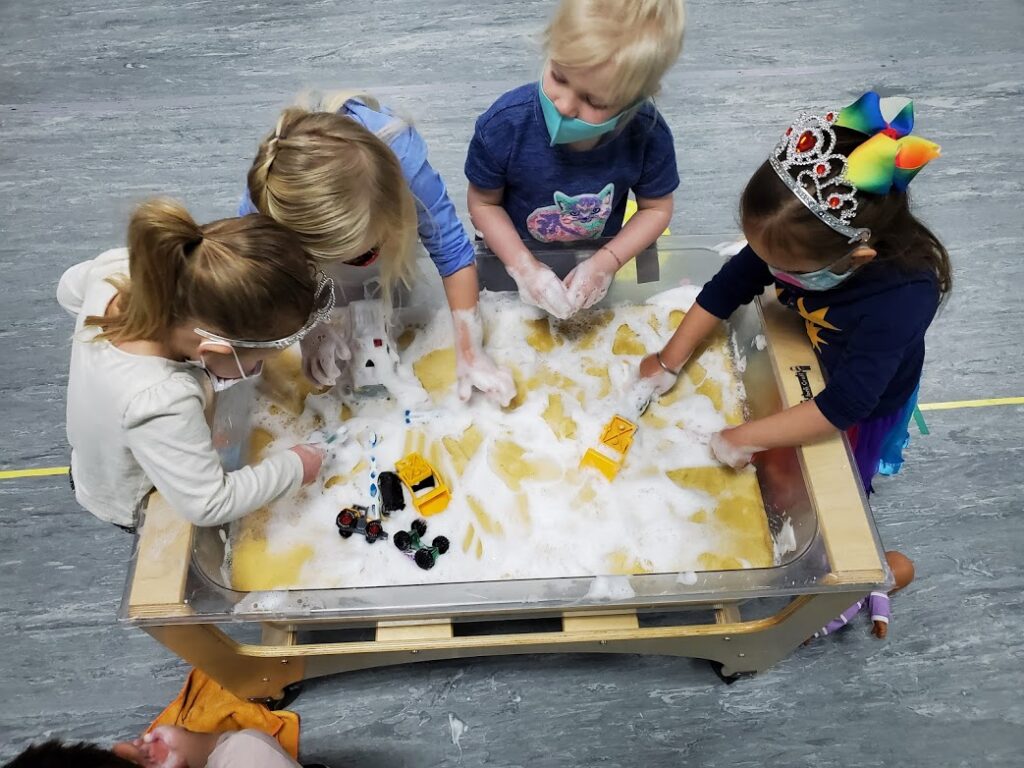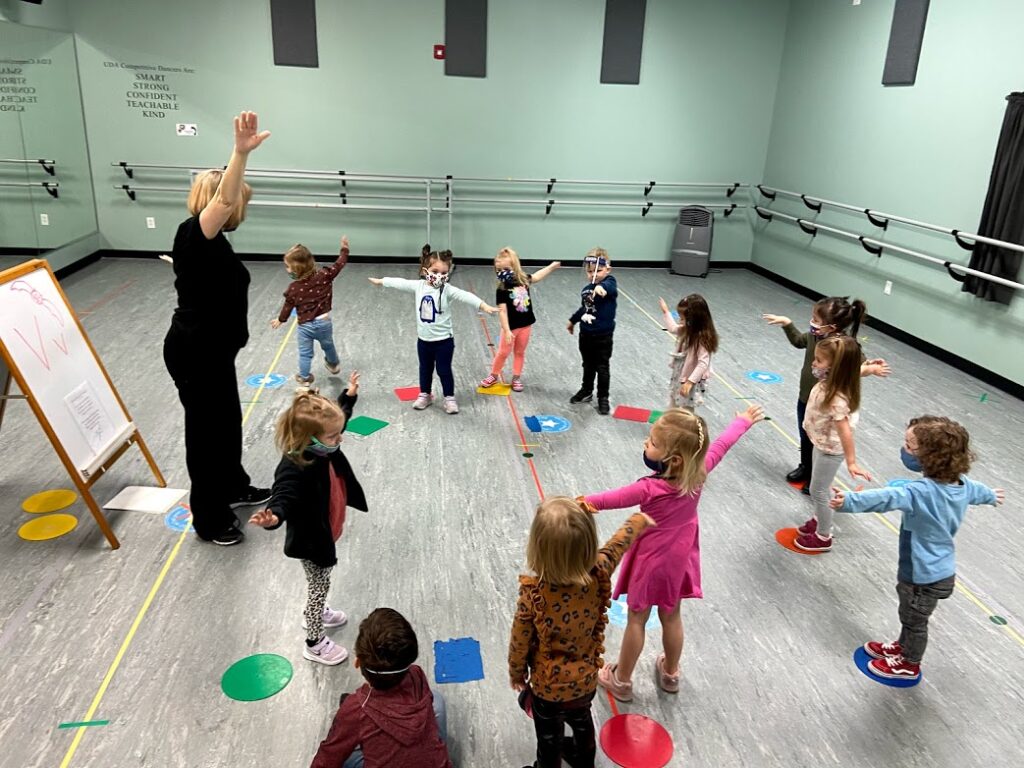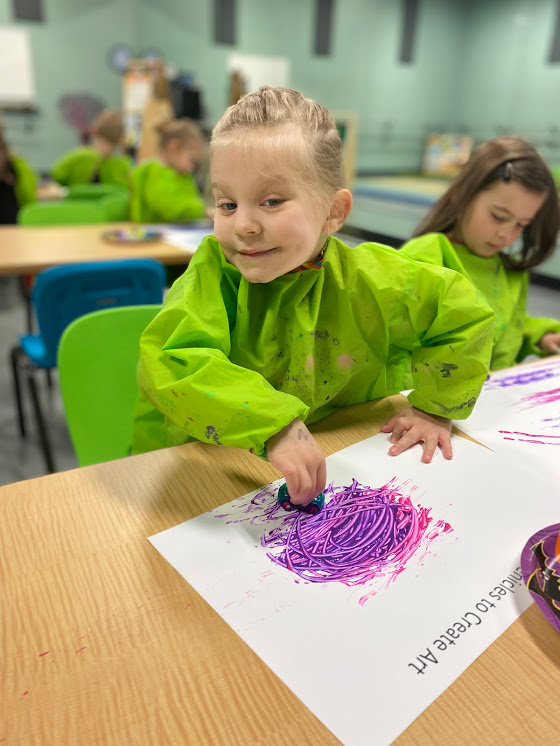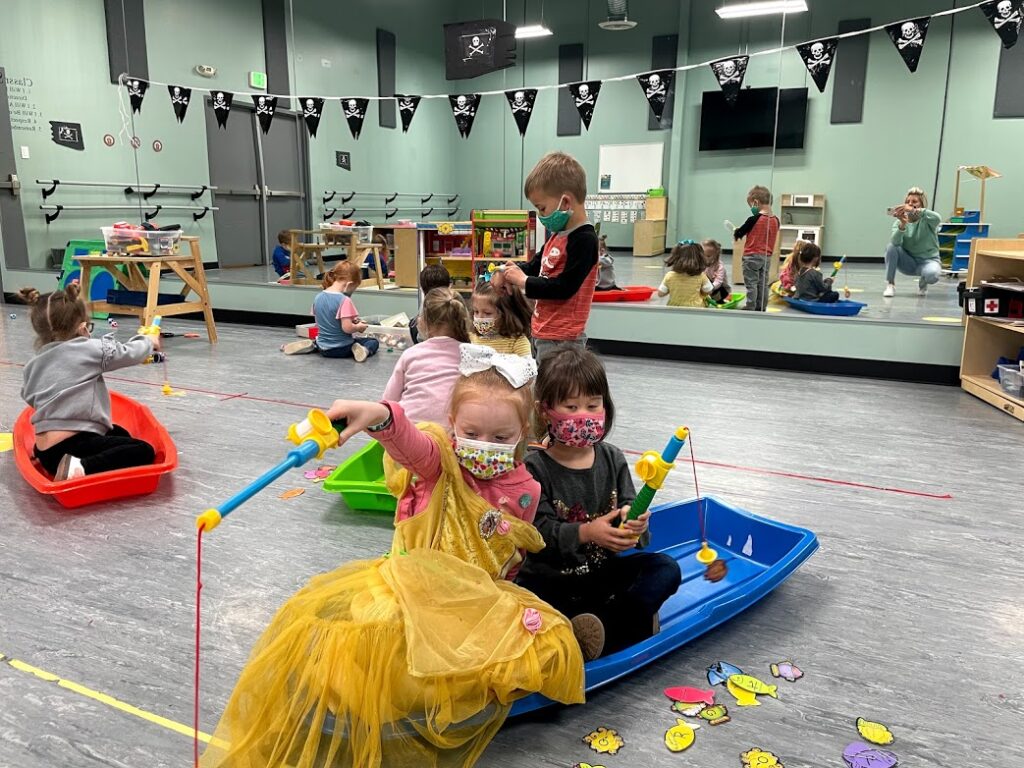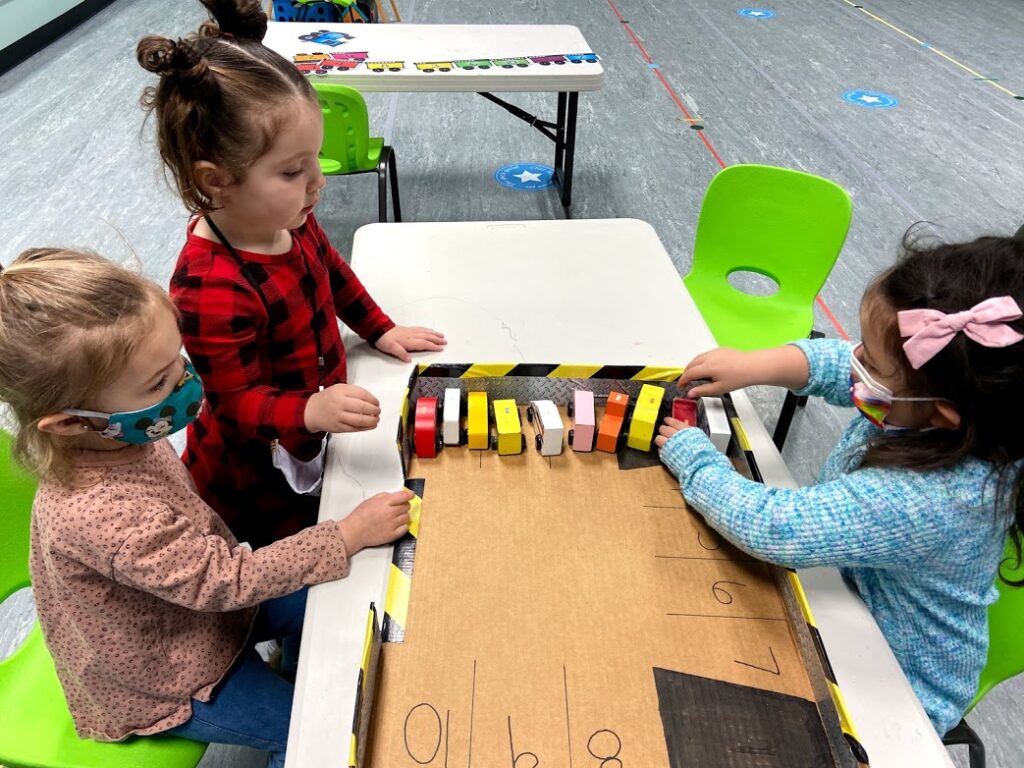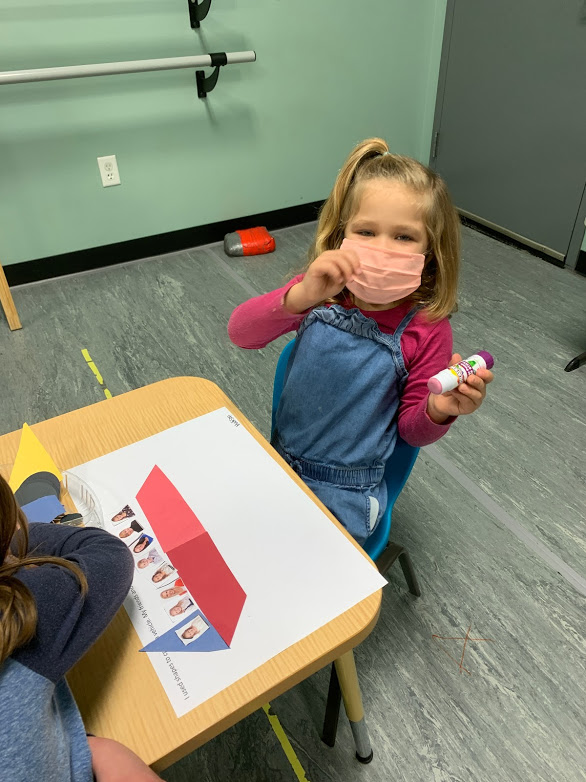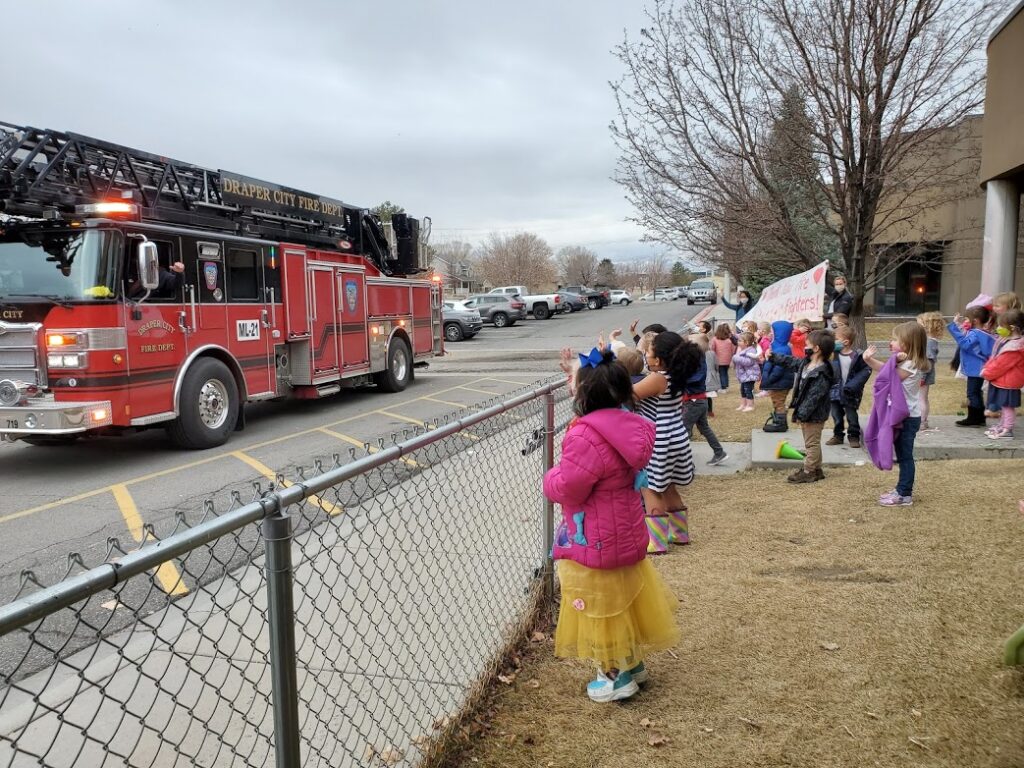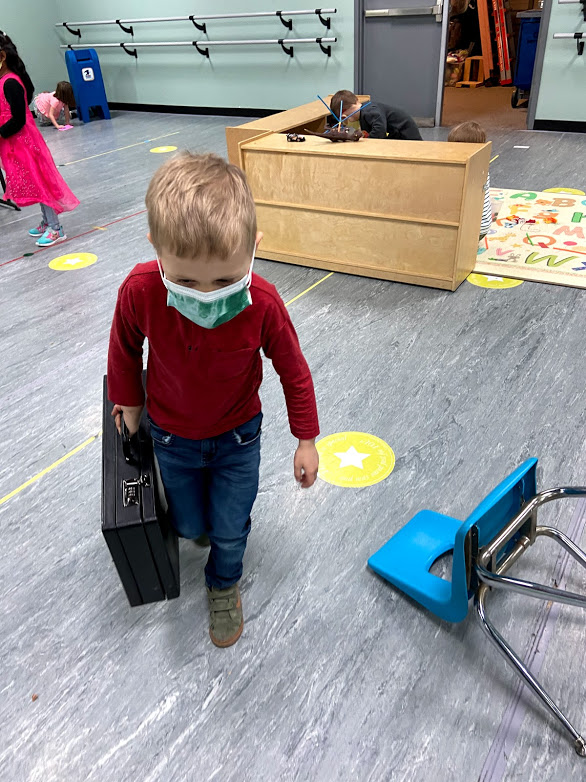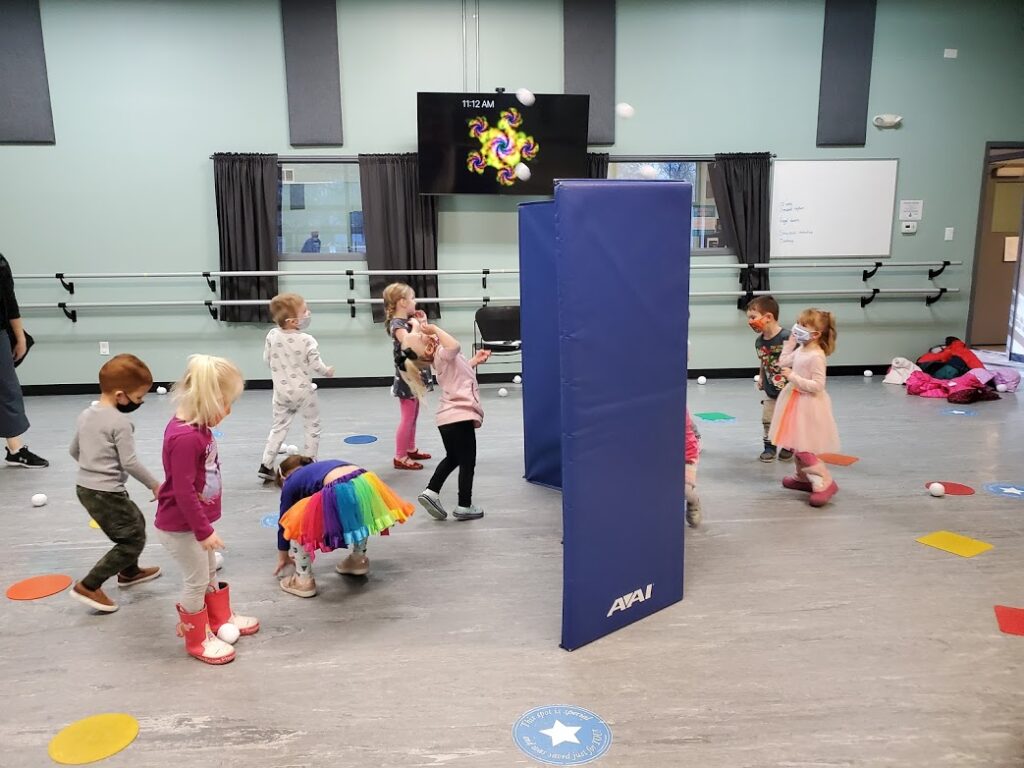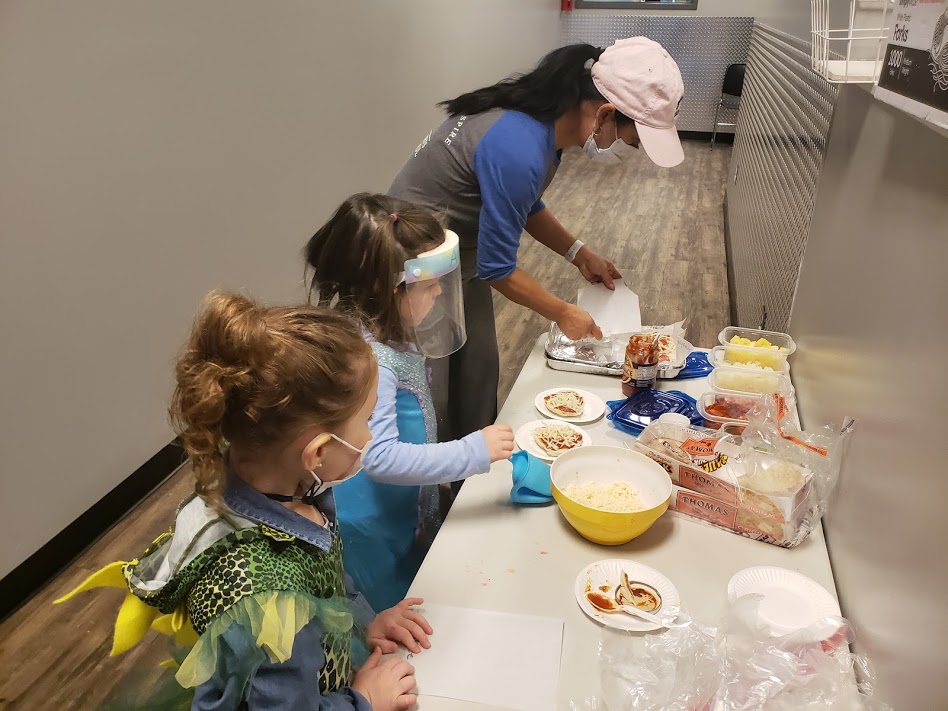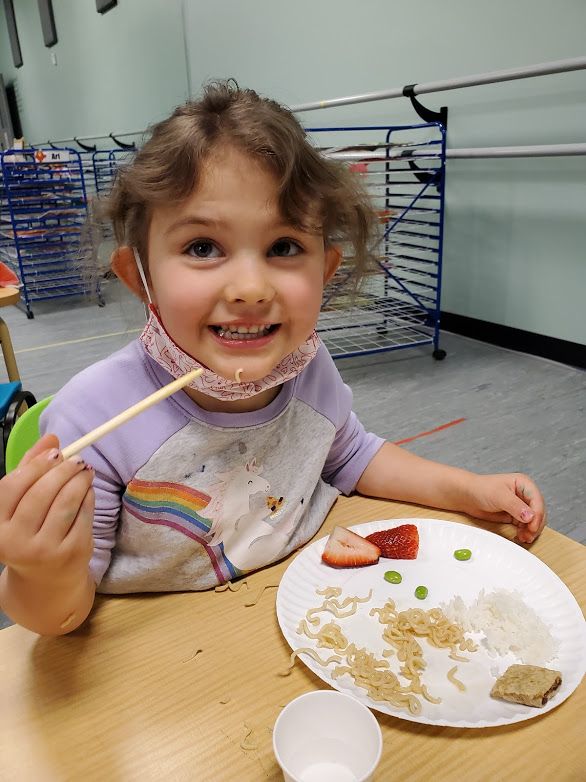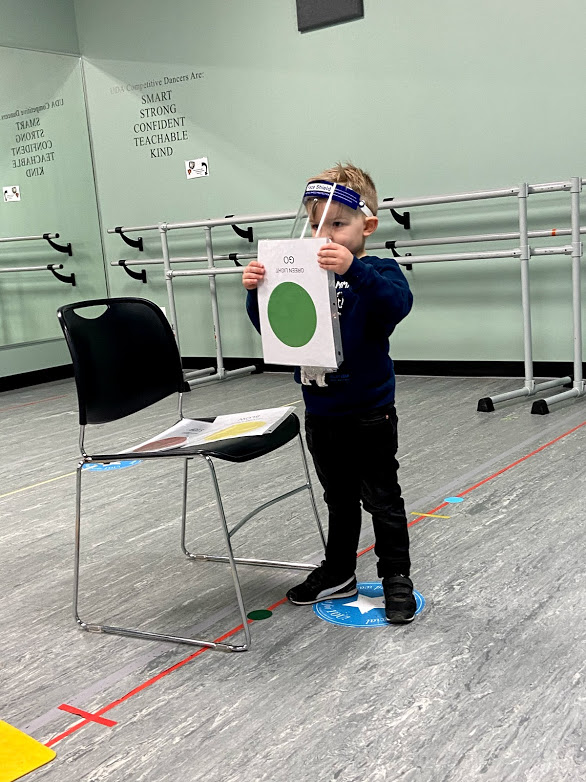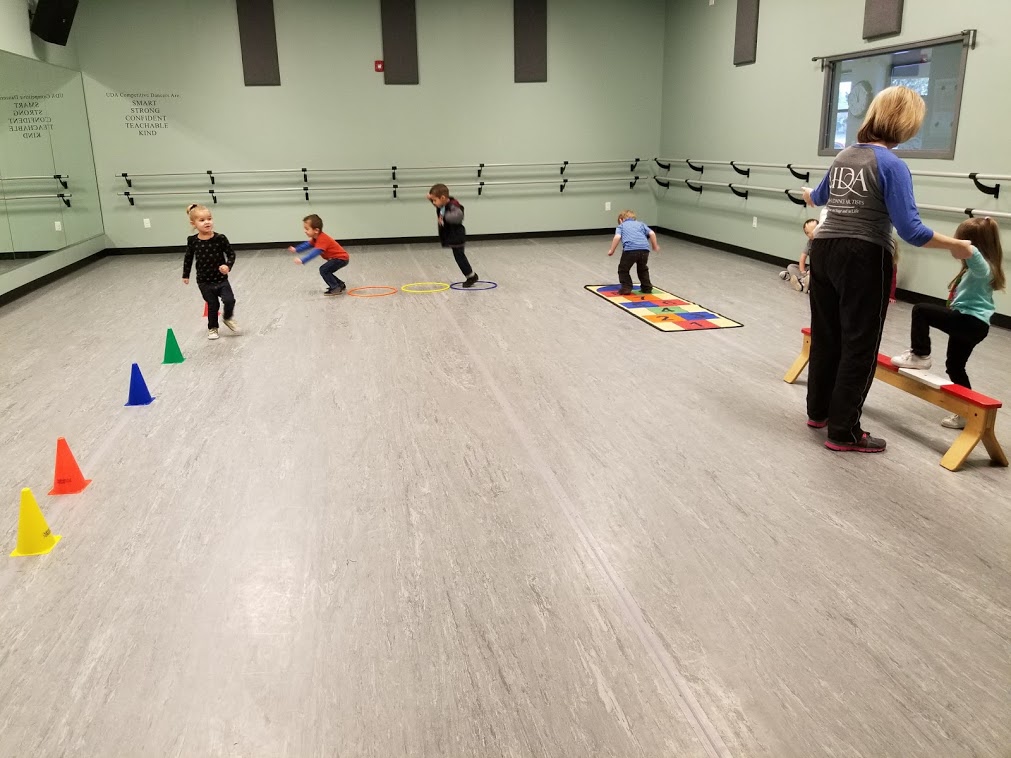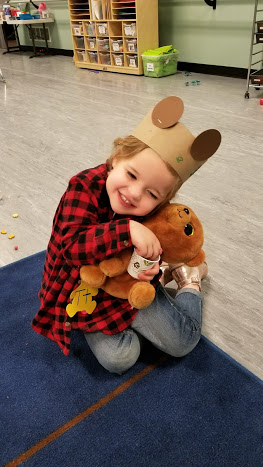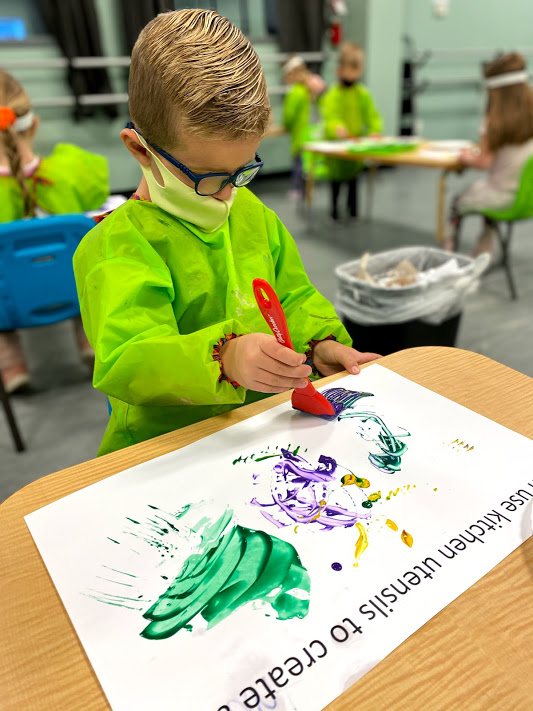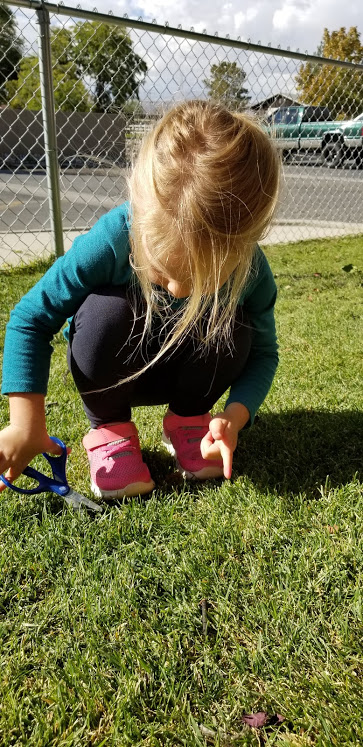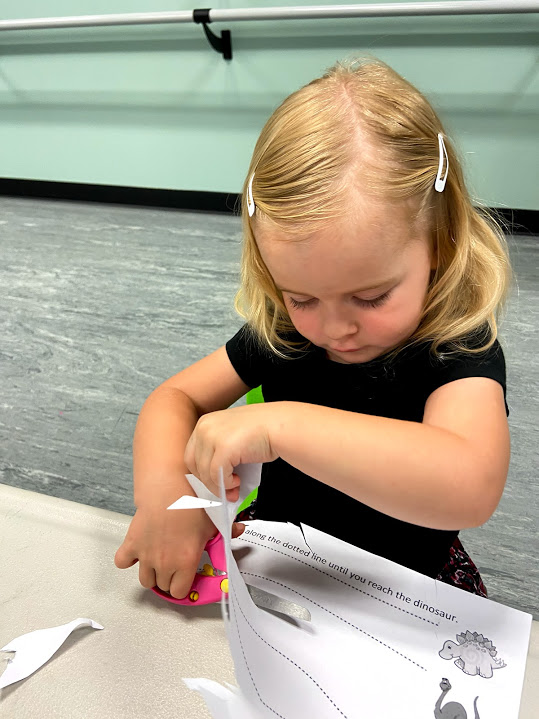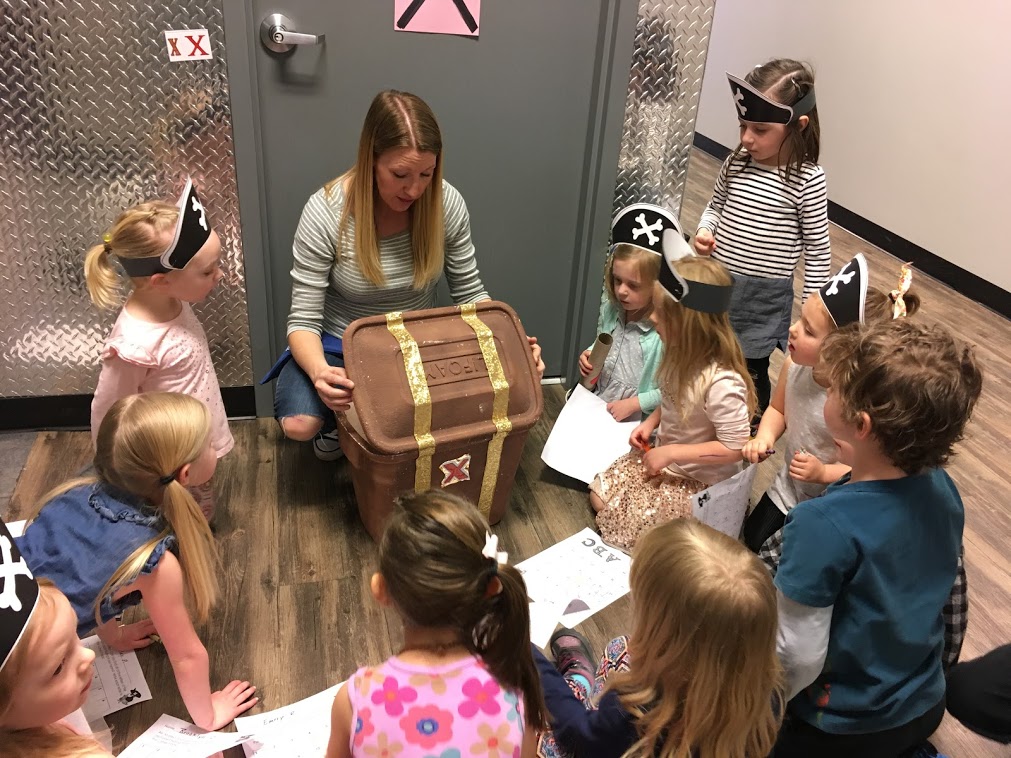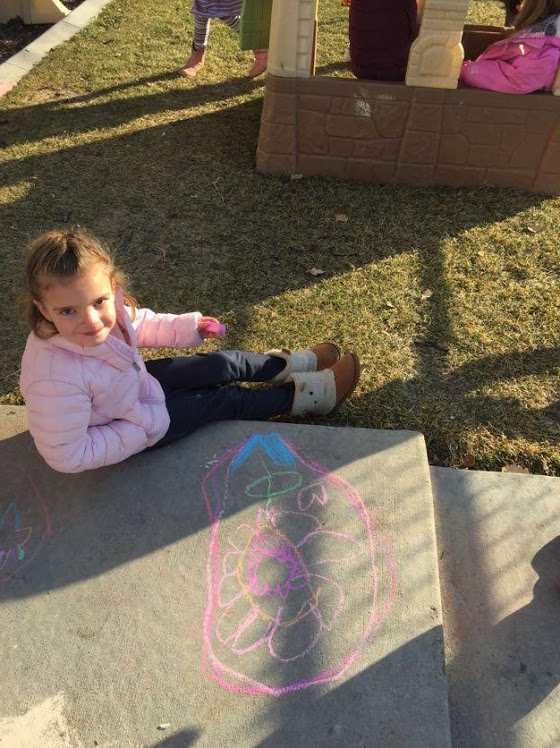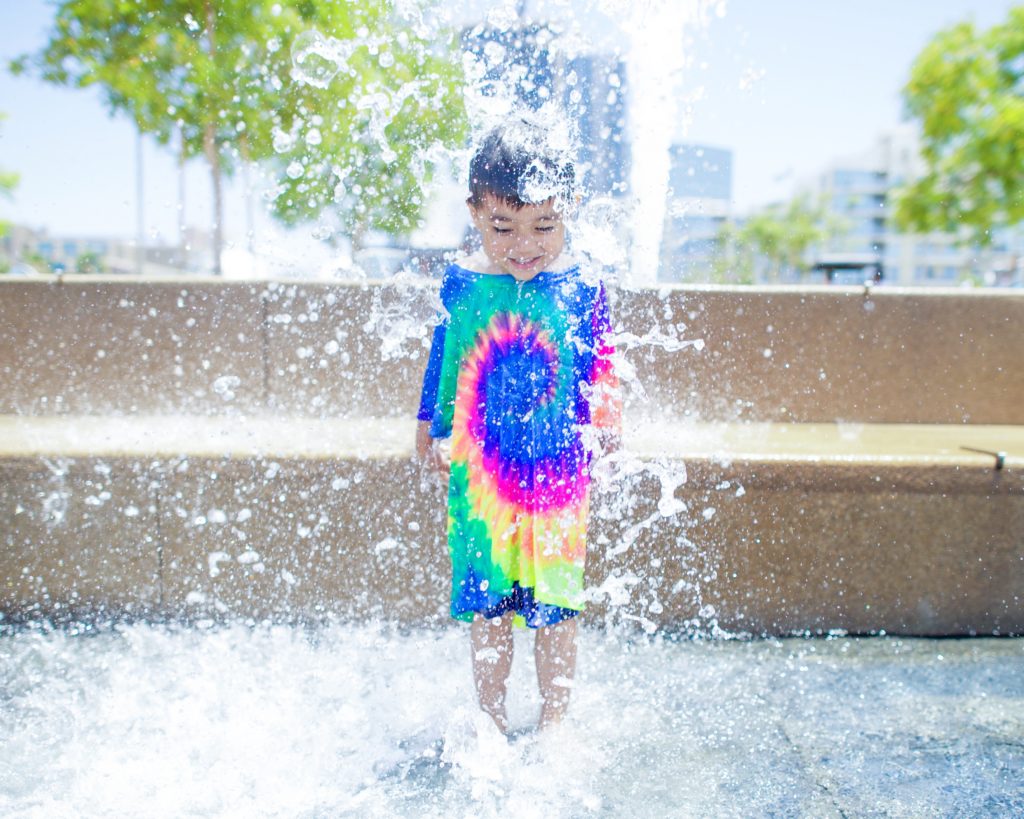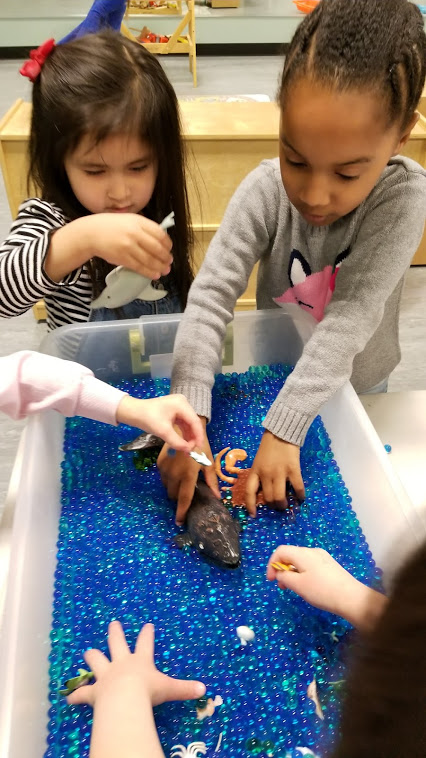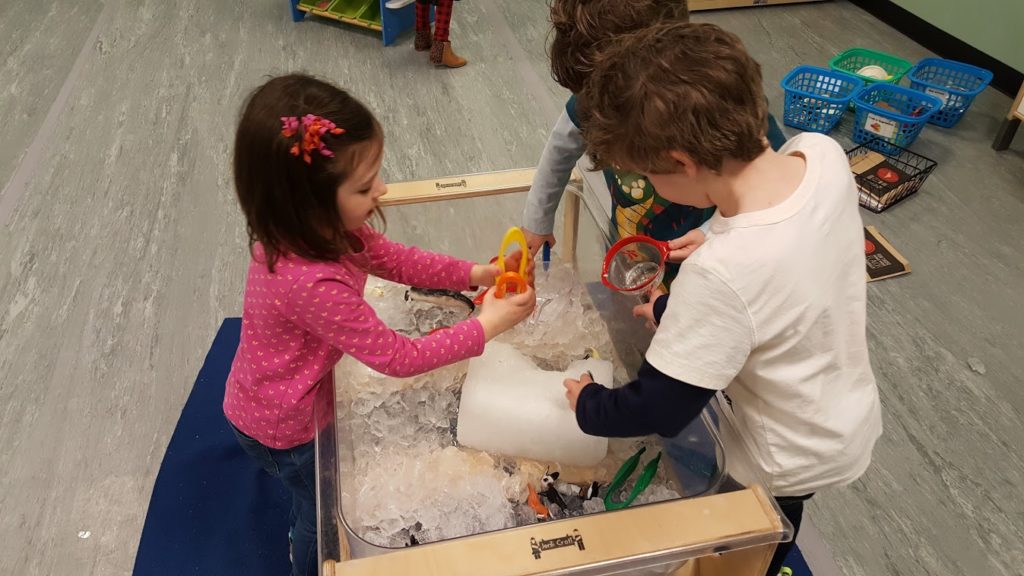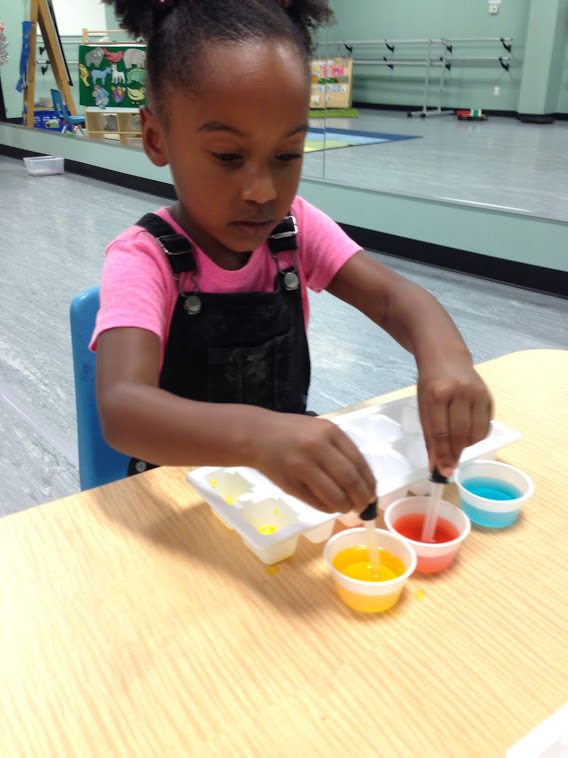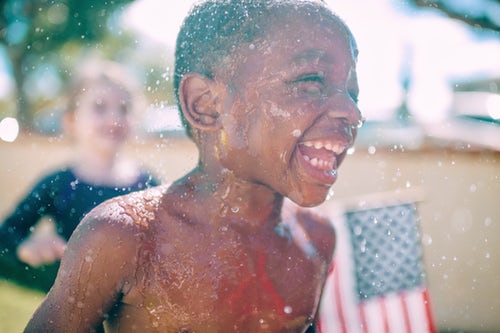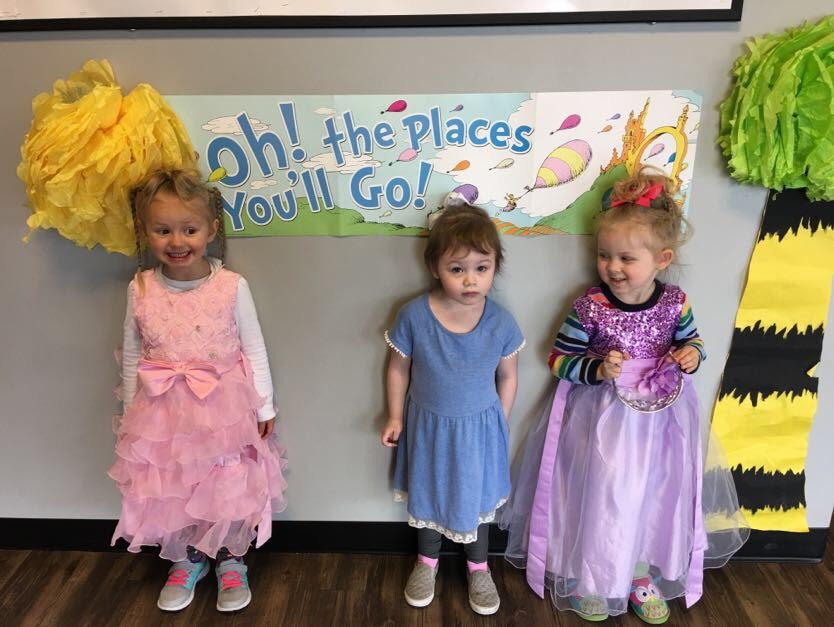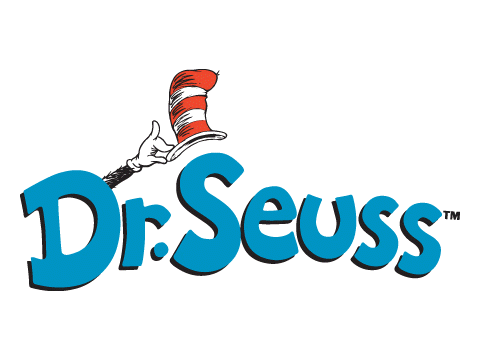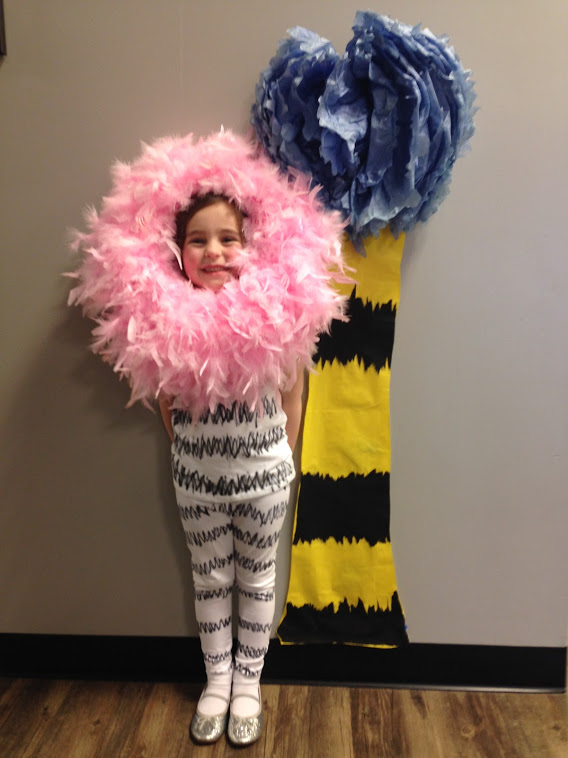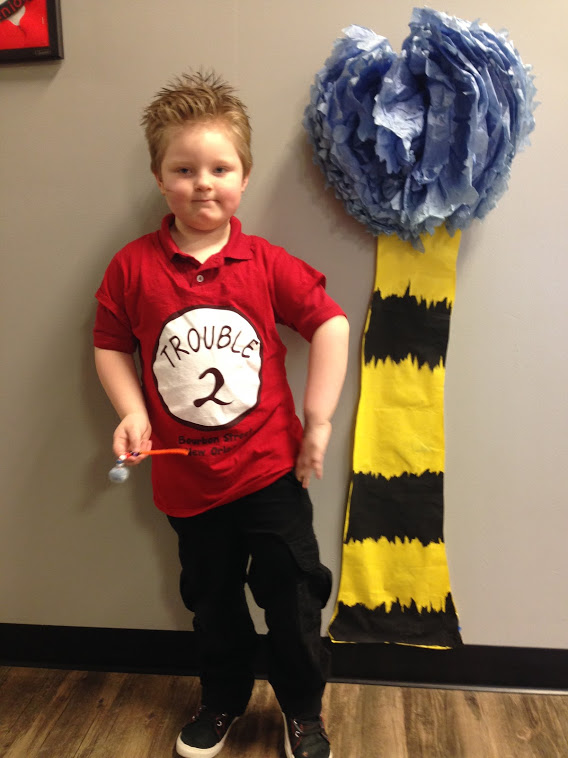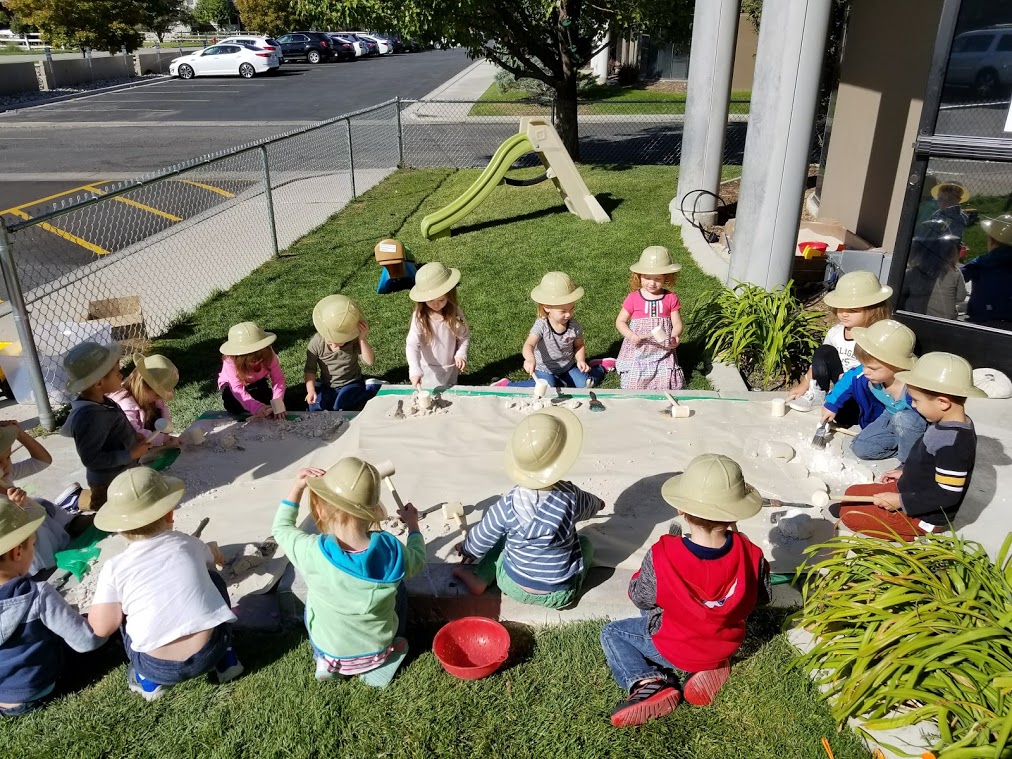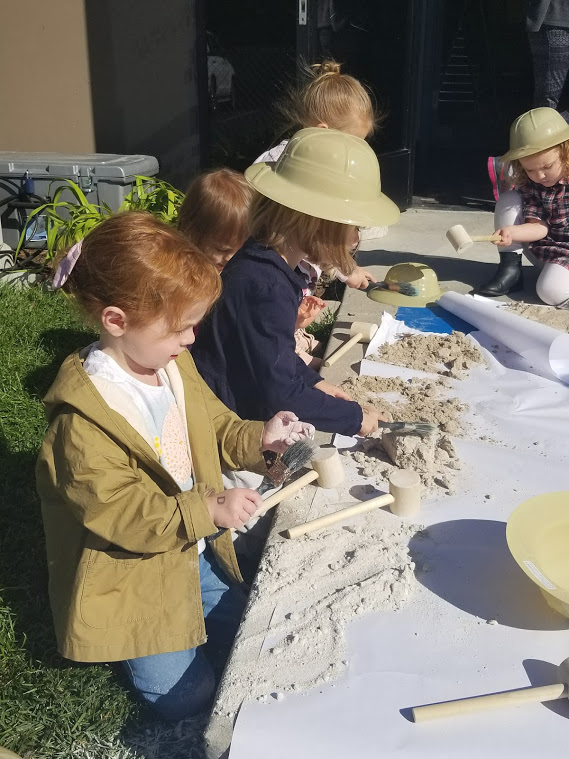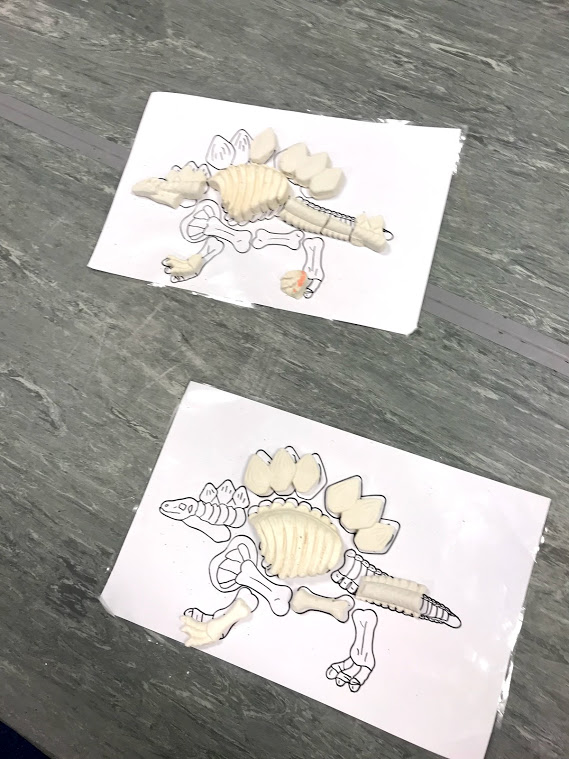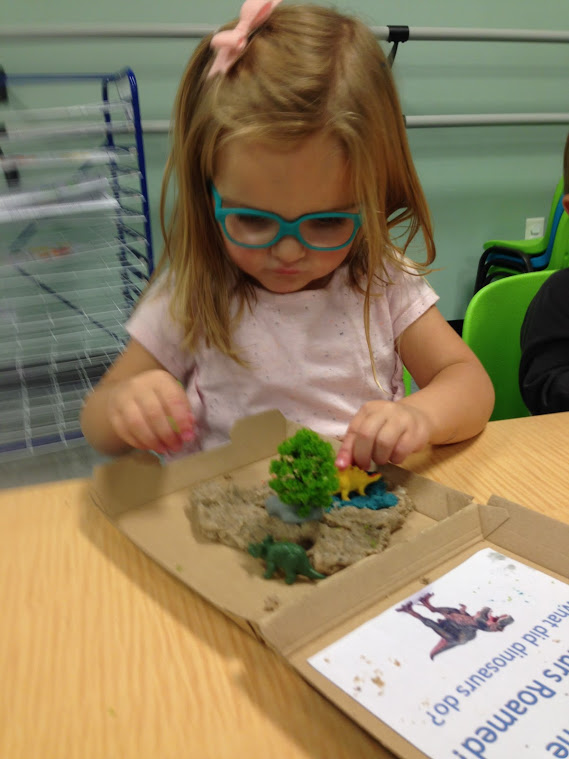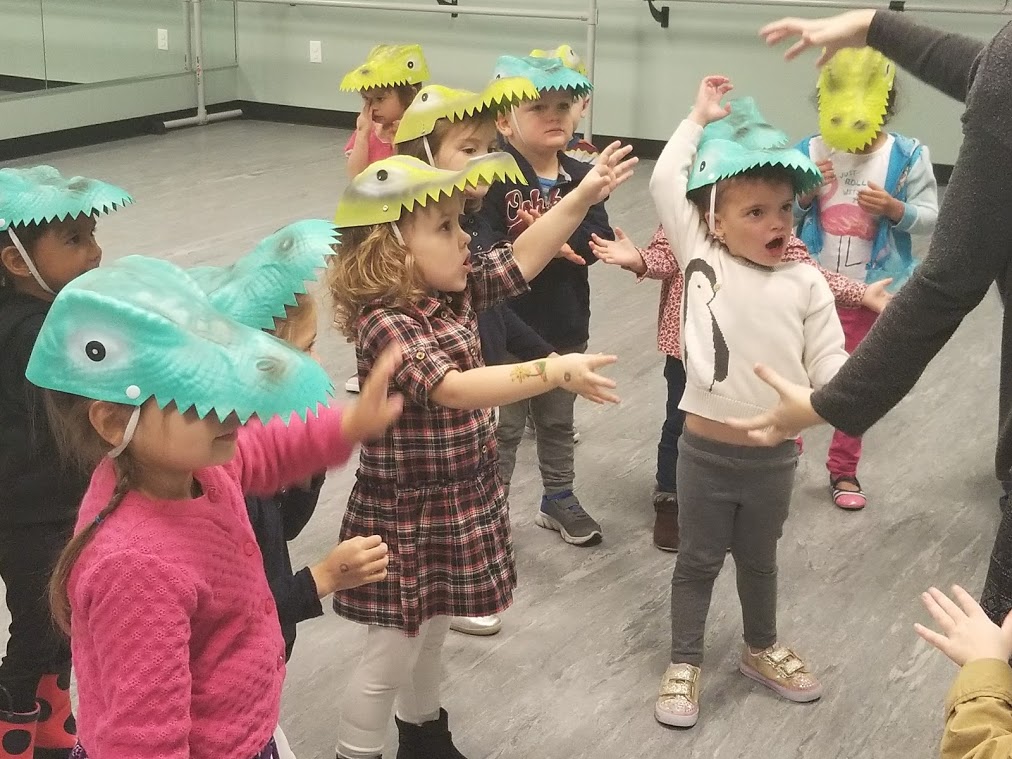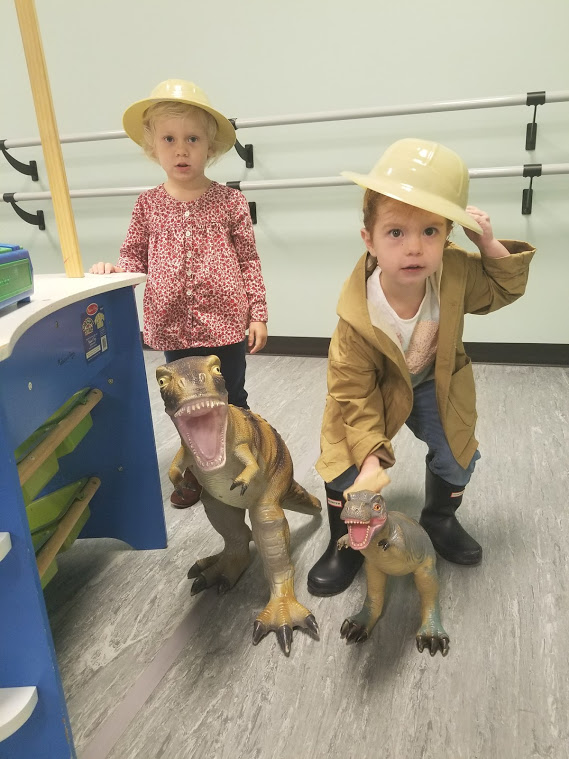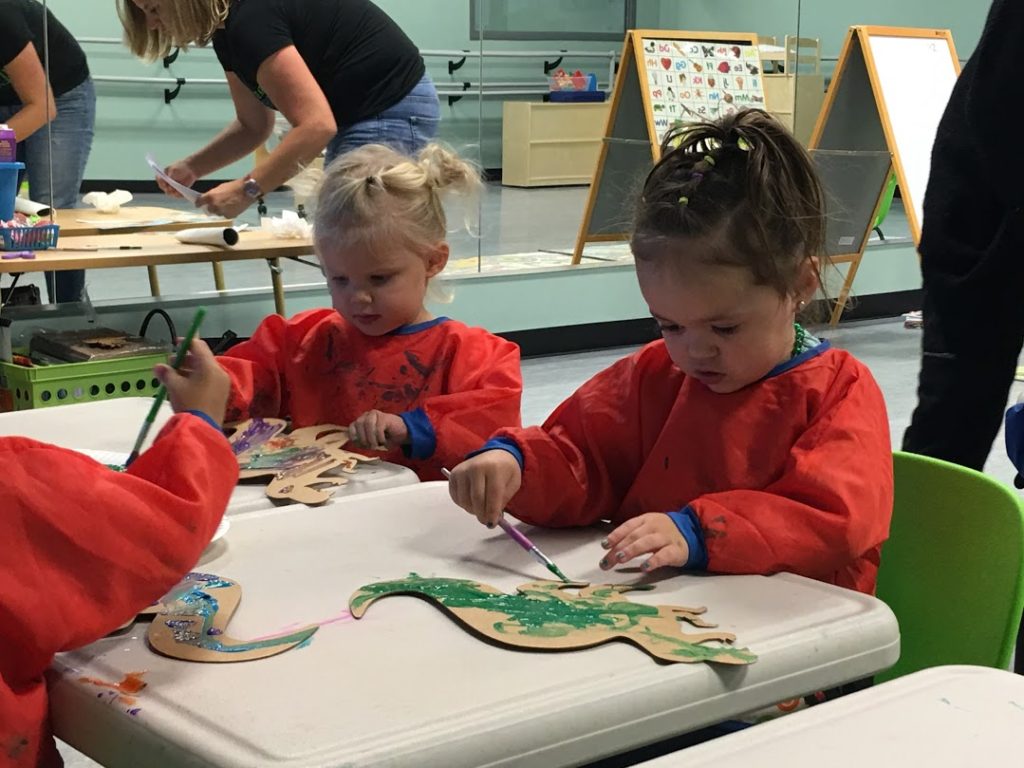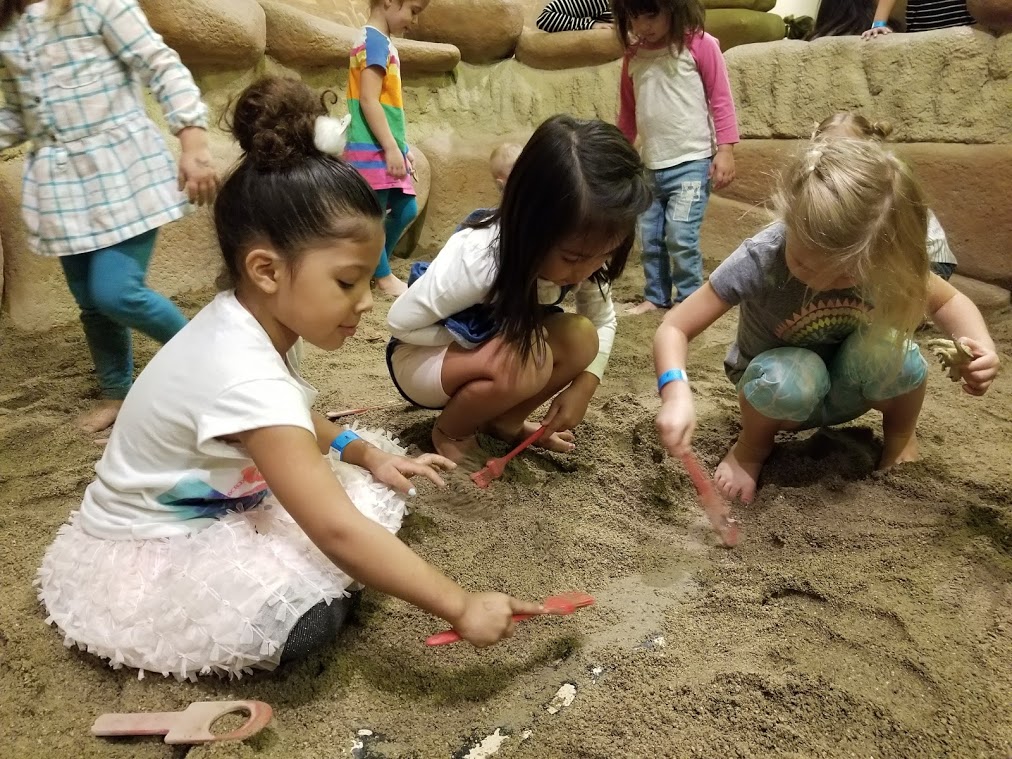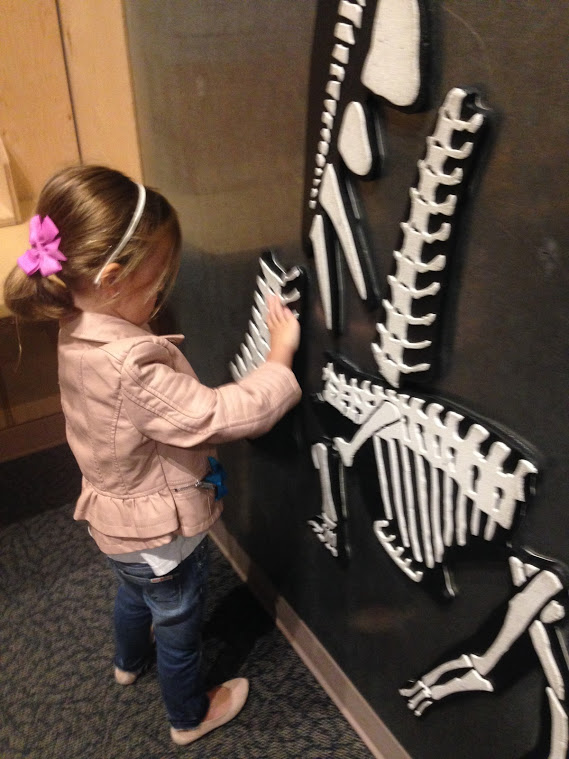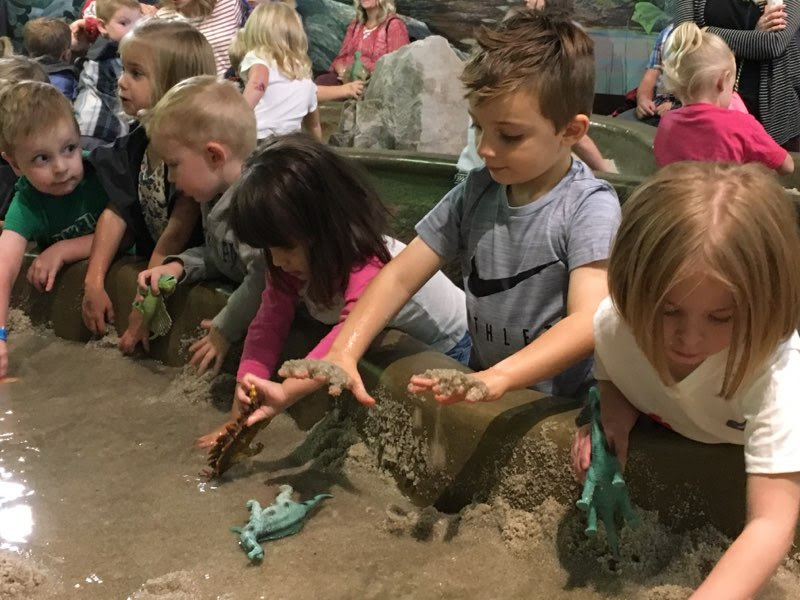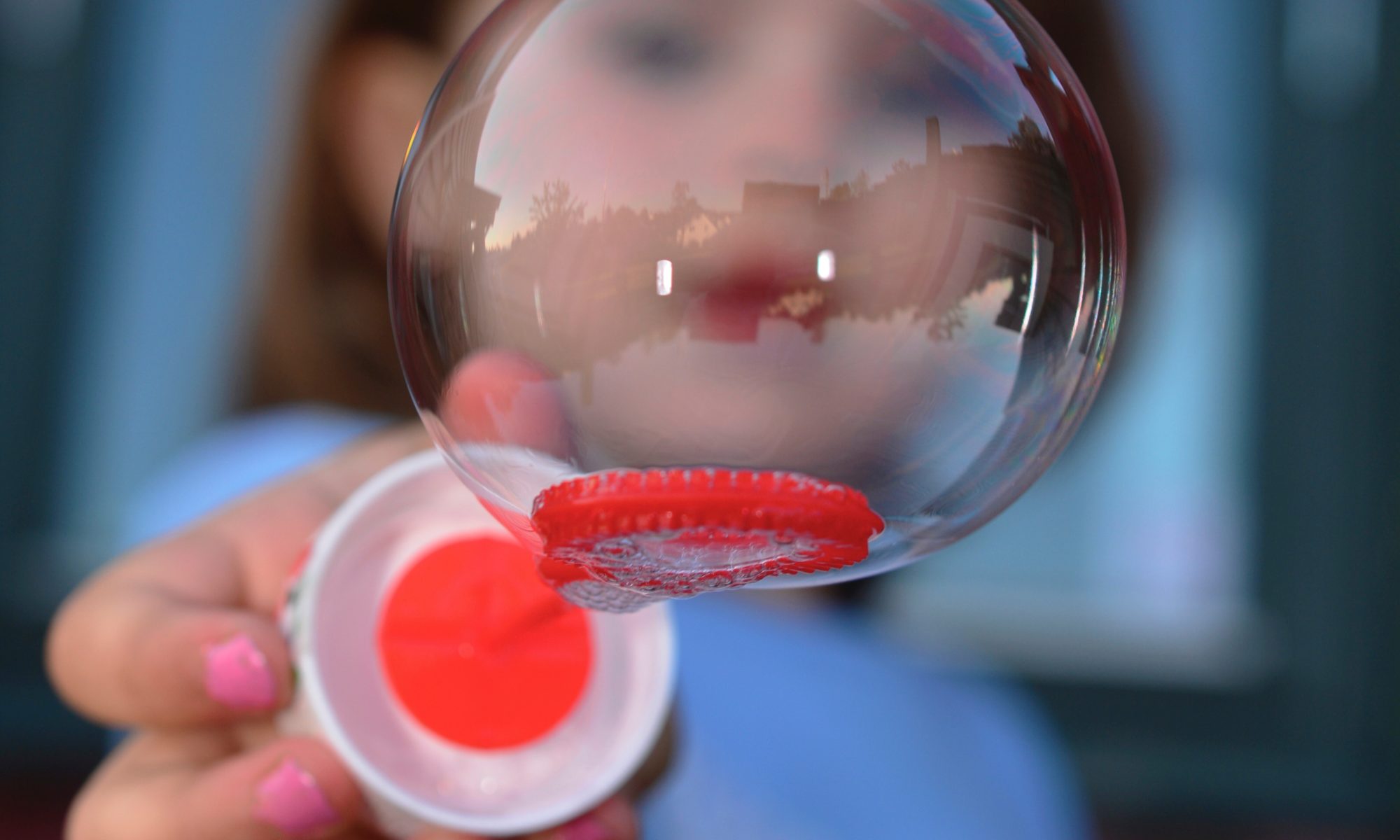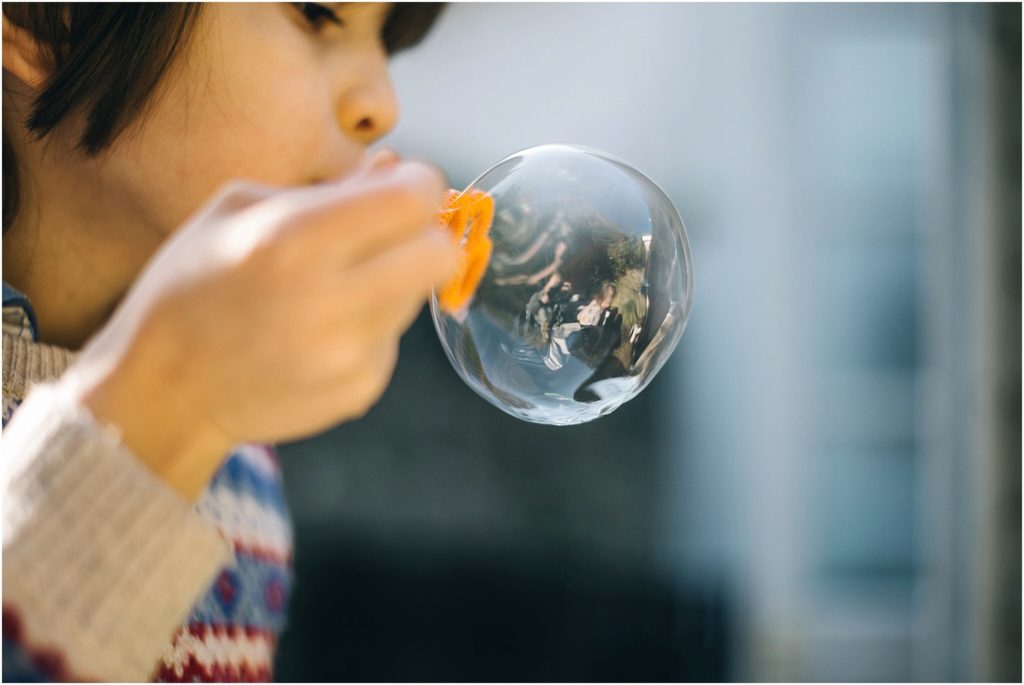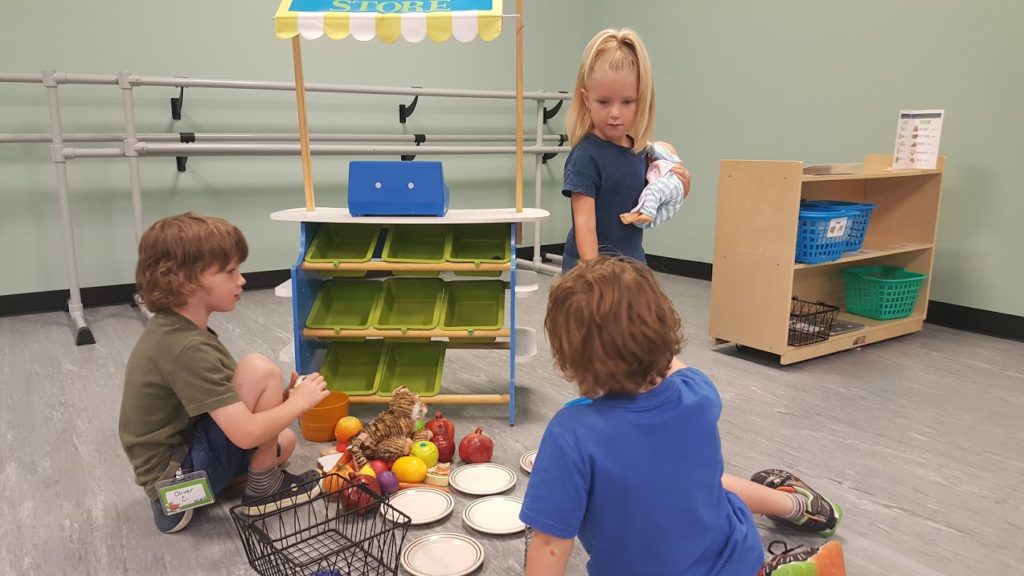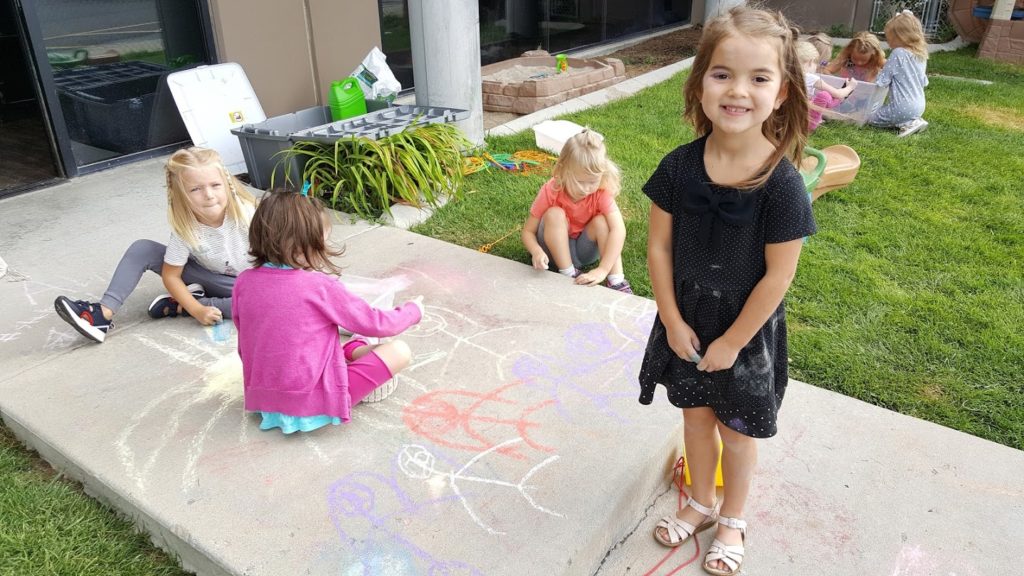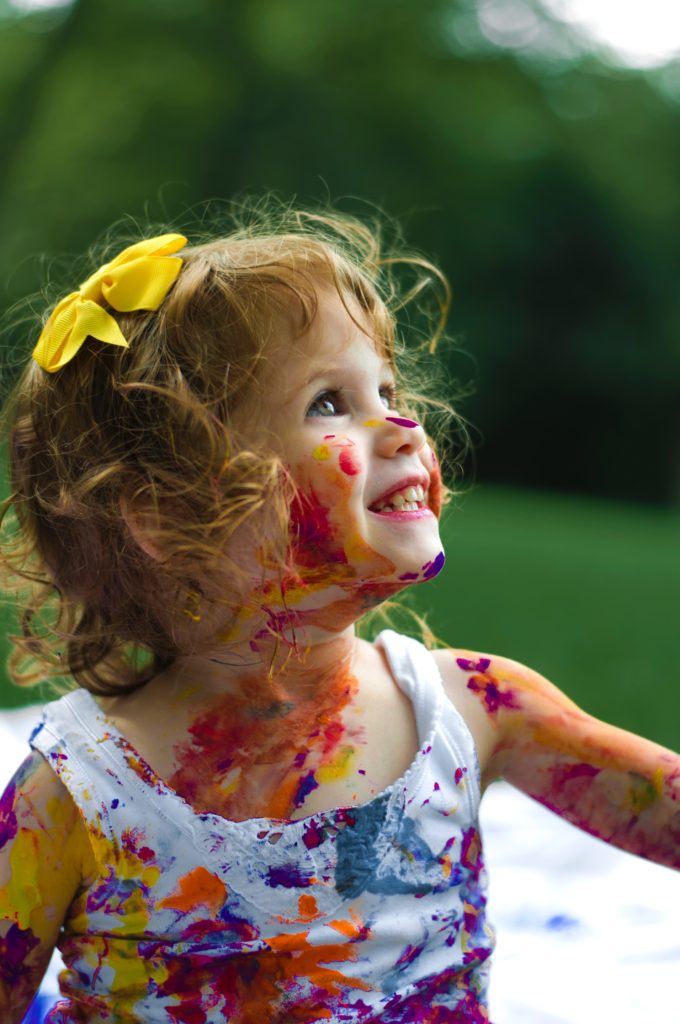Some of us love math, and others cringe when we even think of it. But for all of us, math is a crucial life skill. And your child’s math knowledge will influence their academic achievement. Your role in your child’s math knowledge is important, and you can incorporate these six math activities for preschoolers into your day.
The bonus? These ideas require very little prep work!
First Things First: Don’t Stress Out
Your child’s preschool teachers will do an excellent job with math. If you feel nervous about guiding your child’s math skills, take a deep breath. You can make this easier by simply noticing basic math concepts in your daily routines.
Math is everywhere, and you can do a world of good by simply noticing the math that surrounds us. Ask your child: “How many banana slices are on your plate? How many will be left after you eat one? Two?”
Remember: Math isn’t always complex, especially at the preschool level. It’s sorting, finding patterns, measuring, building, counting, shapes, and comparisons. These things surround us every day. When you keep this in mind, math activities for preschoolers become second nature.
Second: Keep It Fun
You don’t need flashcards. Since math is everywhere, and since children learn best through play, keep math concepts fun and organic. Point out math concepts during play with the following math activities for preschoolers at home.
Rows and Shapes
Find similar items and line them up in a row (toy cars, rocks, action figures, etc.). Ask your child to count them. Then, change the arrangement of the items: put them all in a circle, a triangle, or a square. Ask your child how many there are now.
Your child may need to count them again. As they grow and develop, they will understand that the number will remain the same even as the shape changes.
Measure
Shape Art
Have you ever stopped to wonder why we teach shapes to children? Shapes are the building blocks of geometry and spatial understanding. Help your child identify shapes by pointing them out in your home: the doorknob is a circle, the TV is a rectangle, etc.
And try this simple math activity for preschoolers: Cut out basic shapes in colored construction paper, and let your child glue the shapes onto paper to create art. Maybe they’ll make a building, and animal, a vehicle… whatever inspires them!
Sort with Candy
At snack time, give your child a few colored candies (M&M’s, skittles, jelly beans). Have them sort the candy into piles according to color. To add to this activity, guess at the biggest pile and then count each pile.
Ask your child what will happen if you add two piles together? How many candies will there be? What if you eat one candy? What if your child eats two?
Go on a Treasure Hunt
Send your child on a treasure hunt in your home! Hide a special treat, and then make a simple map of your home on a piece of paper. Indicate where your child should go with arrows or landmarks as checkpoints. This helps your child develop spatial awareness.
Then, make a map together and give it to another family member to use. Making the map together will give your child spatial language.
Compare Measurements
An important aspect of math is measuring and comparing. Find objects around the house and guess at which object is bigger. Then set them side by side and measure them.
Trace each other’s hands and feet to measure and compare.
Guess what’s farther: the distance from your bedroom to the stairs, or the distance from your child’s bedroom to the stairs? Then measure to find out.
At UDA Creative Arts Preschool, we know the critical importance of math skills for your preschooler. That’s why we incorporate math activities for preschoolers into every aspect of our curriculum. Learn more about our curriculum and play-based learning. Call us at (801) 523-5930 for a tour.

